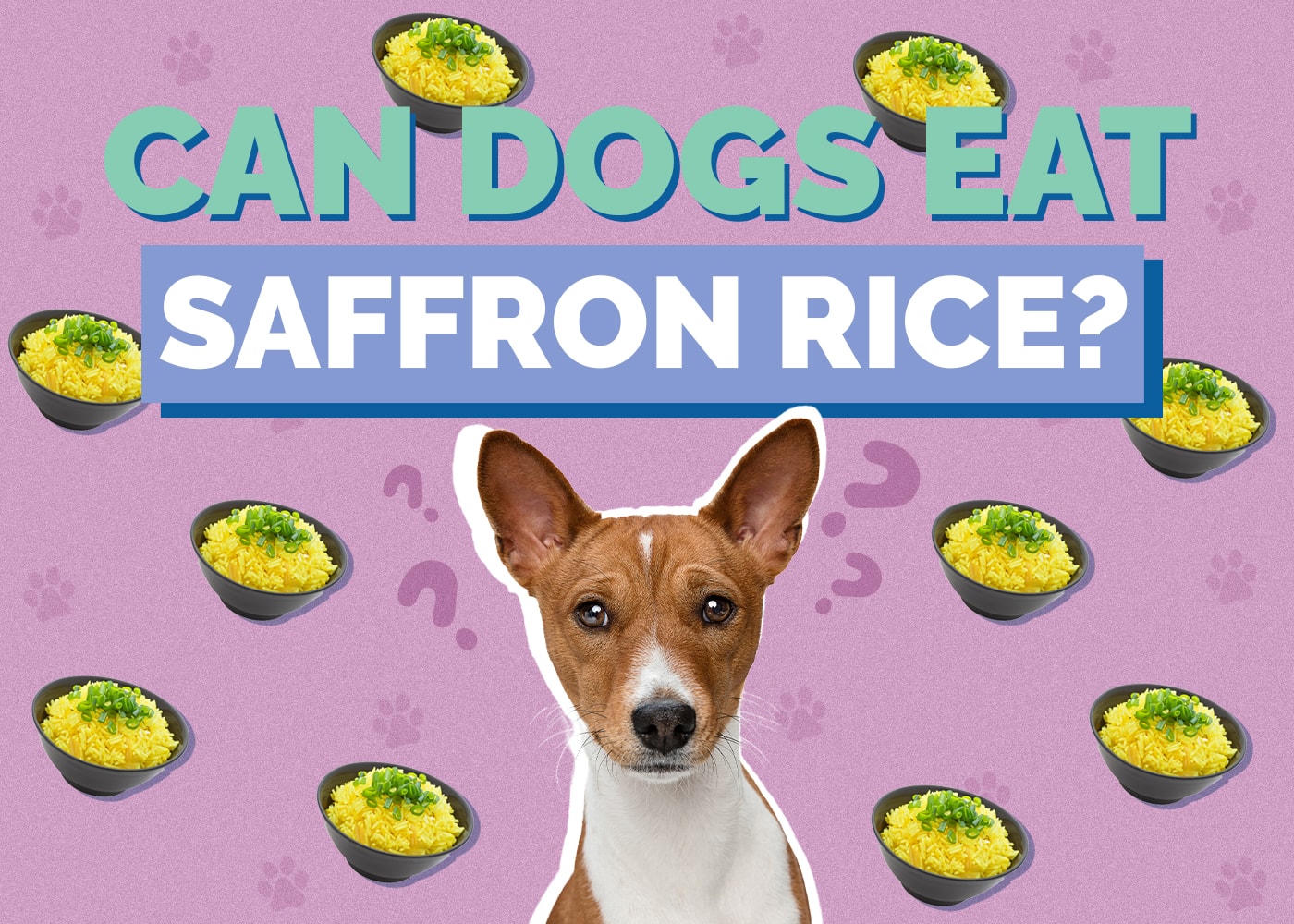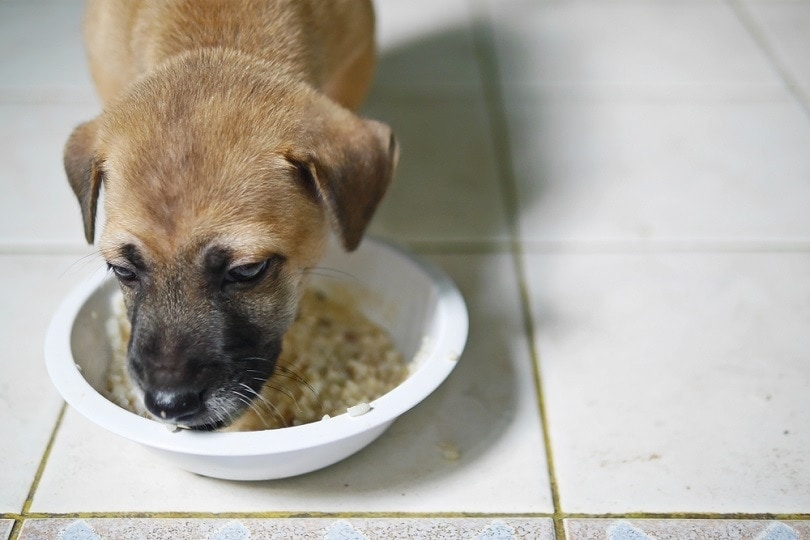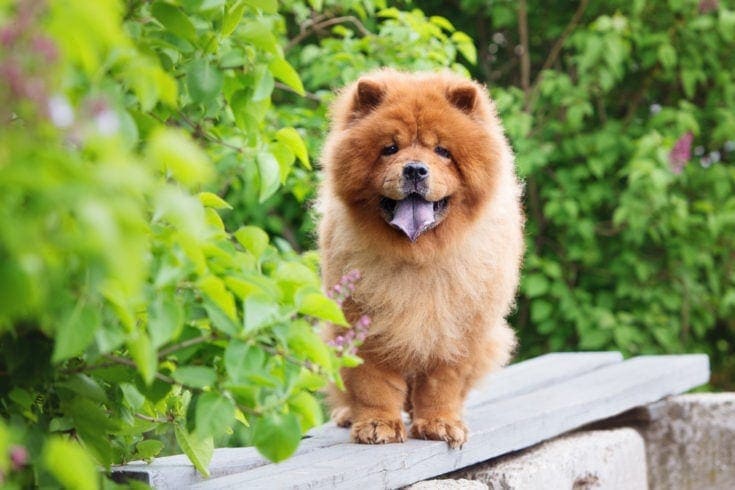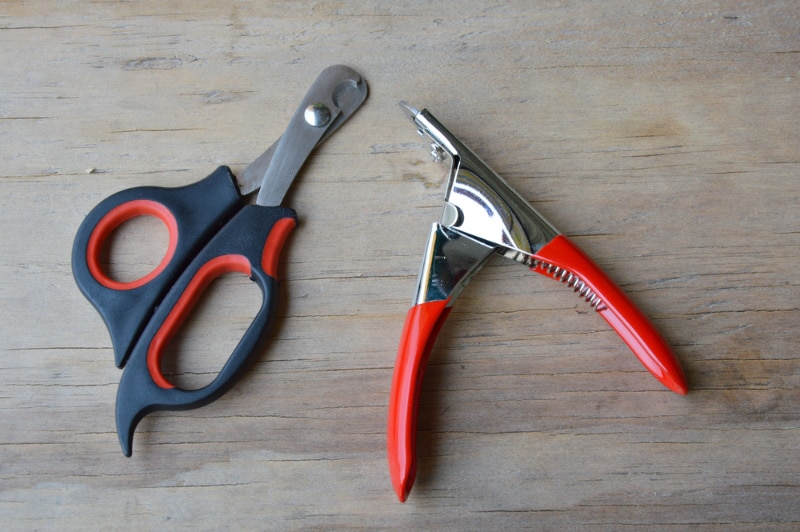Can Dogs Eat Saffron Rice? Vet-Reviewed Nutrition Facts & FAQ
By Kit Copson
Updated on

Click to Skip Ahead
Saffron is a popular spice in cuisine from around the world and is commonly used to add aroma, flavor, and color to plain foods like rice. So, you’re here because you’re wondering whether dogs can eat saffron rice. There is conflicting information regarding the effects of saffron on dogs, so the answer is, we don’t know for sure.
Many factors go into answering this question, so read on to find out more.
Is Saffron Toxic to Dogs?
Unfortunately, the answer to this question is a bit murky. It’s generally thought that a small amount of saffron used for cooking carries a low risk of toxicity, but that large amounts may be dangerous and even fatal. Essential oils containing saffron are also a risk factor for toxicity.
The good news is that saffron rice doesn’t typically contain a large amount of saffron (though this may vary) so, if your dog has eaten a bit of saffron rice, the chances of them getting sick as a result are low. Furthermore, it isn’t common for dogs to wolf down saffron in large amounts; most recipes for saffron rice call for just a pinch of the spice, so even if your dog were to manage to eat the entire bowl, the amount of saffron ingested would still be tiny. With the price of saffron being so high; it is often sold in weights under one gram! Its price per pound of weight puts it amongst the most expensive products on earth.
Nevertheless, since there are so many other foods your dog can eat that are known to be completely safe, it’s probably best to keep saffron rice out of your dog’s bowl to prevent the risk of a tummy upset.

What If My Dog Eats a Large Amount of Saffron?
If your dog does manage to consume a large amount of saffron, they may display signs of poisoning like vomiting, diarrhea, appetite loss, abdominal pain, lethargy, anemia, low blood pressure, and incoordination. Behavioral changes may also be present. If your dog displays any of these signs, contact your vet immediately.
What About Meadow Saffron?
Meadow saffron, also known as “autumn crocus”, is a plant from the Liliaceae family. It is not from the same family as saffron used for cooking, but the name may cause some confusion for dog owners. To clear things up, meadow saffron is a toxic plant to dogs due to the presence of colchicine and other alkaloids (as explained by the ASPCA), so dogs should not be allowed to eat it.
Can Dogs Eat Plain Rice?

Absolutely. Dogs can eat boiled plain rice as long as it doesn’t contain any salt, seasonings, or spices. It’s safe to eat and is even included in many commercially sold dog foods. Rice is a source of magnesium, phosphorus, iron, folic acid, vitamin B, and other vitamins and minerals.
White rice is often recommended by vets to help ease a dog’s upset stomach due to its fiber content, digestible carbohydrates, and starchiness. That said, it’s not a good idea to feed too much because it can cause spikes in blood sugar, which could be problematic for dogs with certain health conditions like diabetes. For this reason, it’s wise to ask your vet’s advice before feeding white rice to your dog, particularly those with health conditions.
Brown rice, on the other hand, is higher in fiber than white rice, which means it may be useful for easing constipation. It’s also more filling. However, brown rice isn’t as easy to digest as white rice, so it’s not the best option for dogs experiencing diarrhea.
If you decide to feed rice to your dog, make sure the amount you give is moderate, suitable for your dog’s size, and only fed in addition to a complete and balanced regular formula.
For example (unless your vet has advised otherwise), very small dogs like Pomeranians should only eat 1–2 tablespoons a few times per week. On the other end of the scale, giant dogs like St. Bernards should eat no more than half a cup. Check out this table for estimates:
| Size of Dog | Amount of Plain, Cooked Rice |
| 2 – 20 pounds | 1 – 2 tablespoons |
| 21 – 30 pounds | 2 – 3 tablespoons |
| 31 – 50 pounds | 1/4 cup |
| 51 – 90 pounds | 1/3 cup |
| 91+ pounds | 1/2 cup |
Final Thoughts
In summary, if your dog has eaten a small amount of saffron rice, they are unlikely to experience any sinister effects, but larger amounts can be more dangerous.
If you’re worried about your dog because they’ve ingested saffron, or they are displaying signs like vomiting, diarrhea, lethargy, abdominal pain, or other signs of toxicity, please contact your vet without delay.














